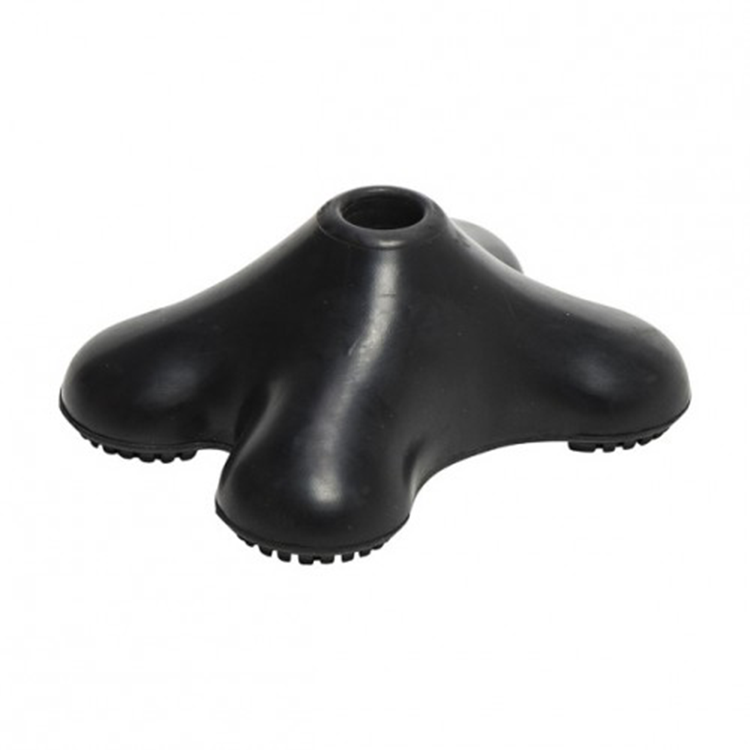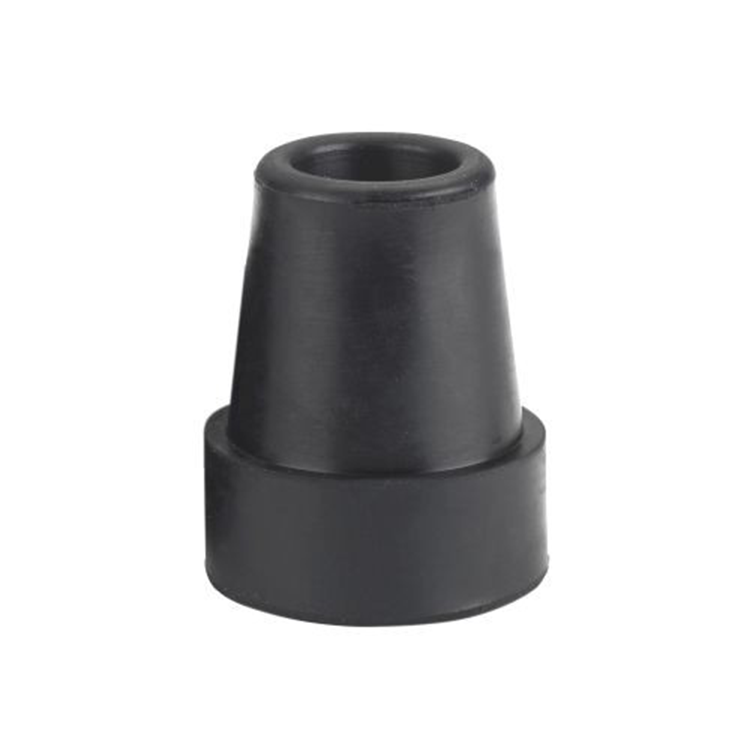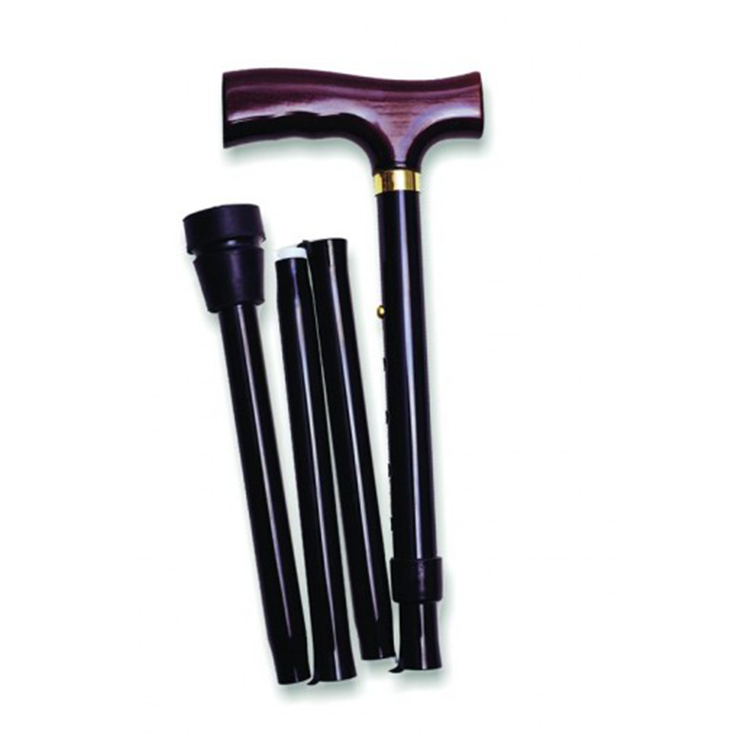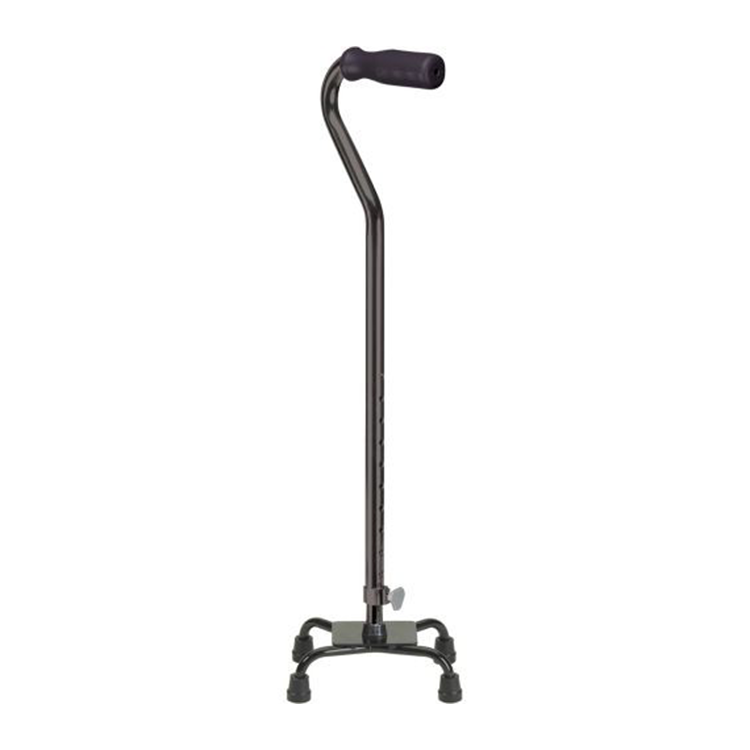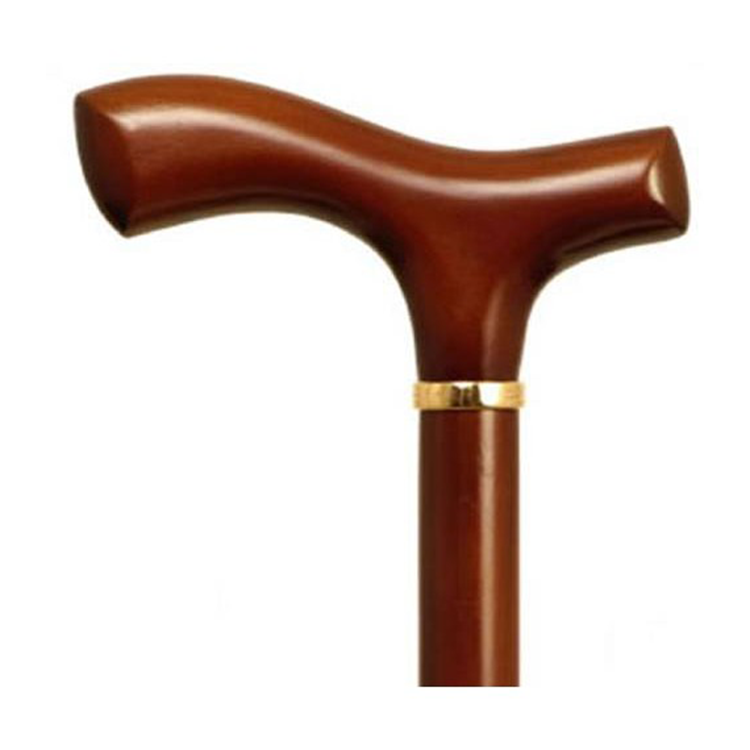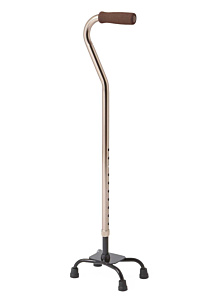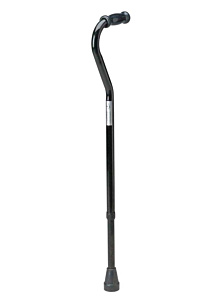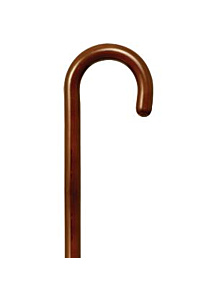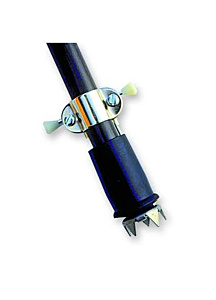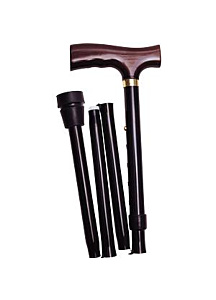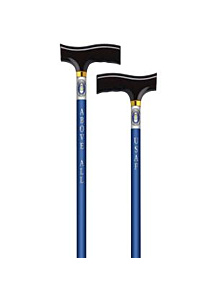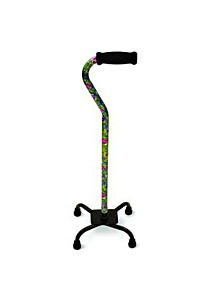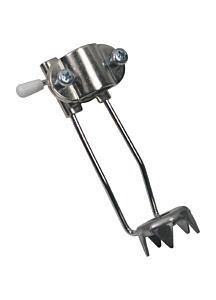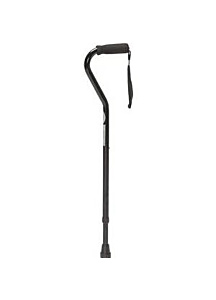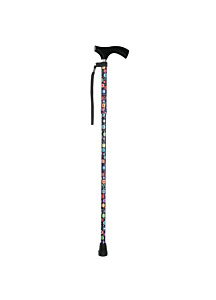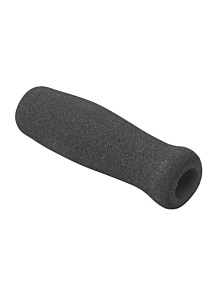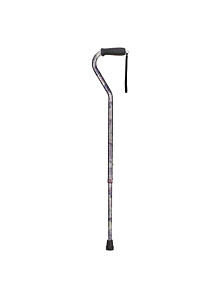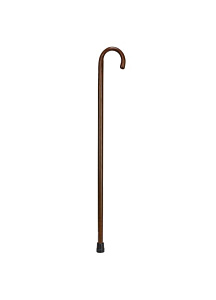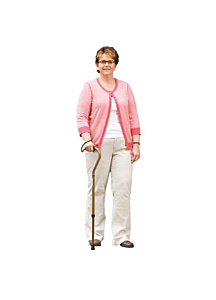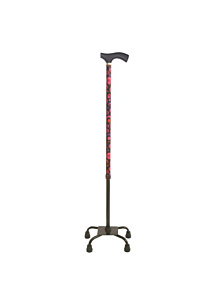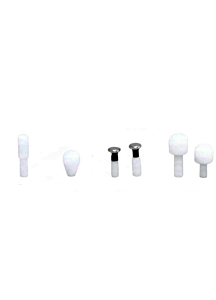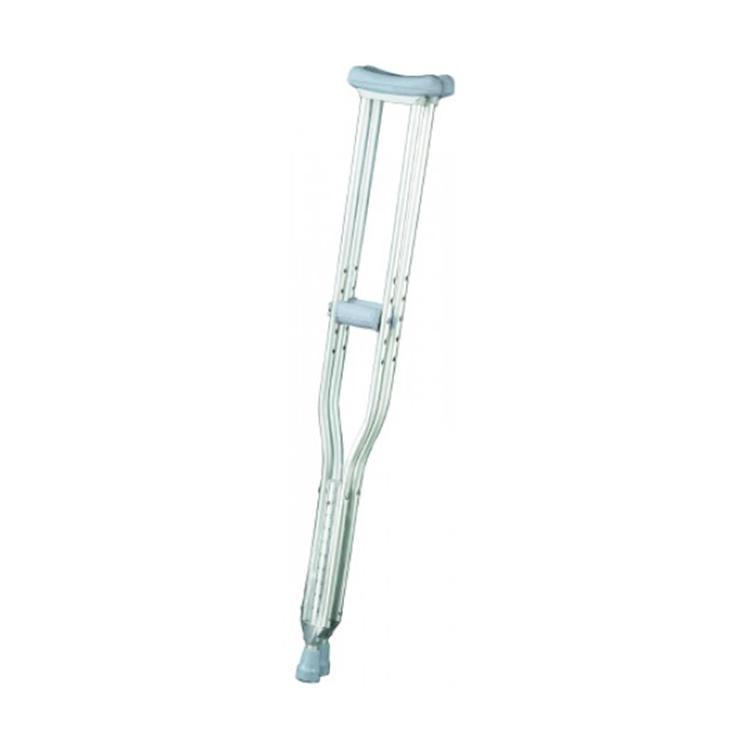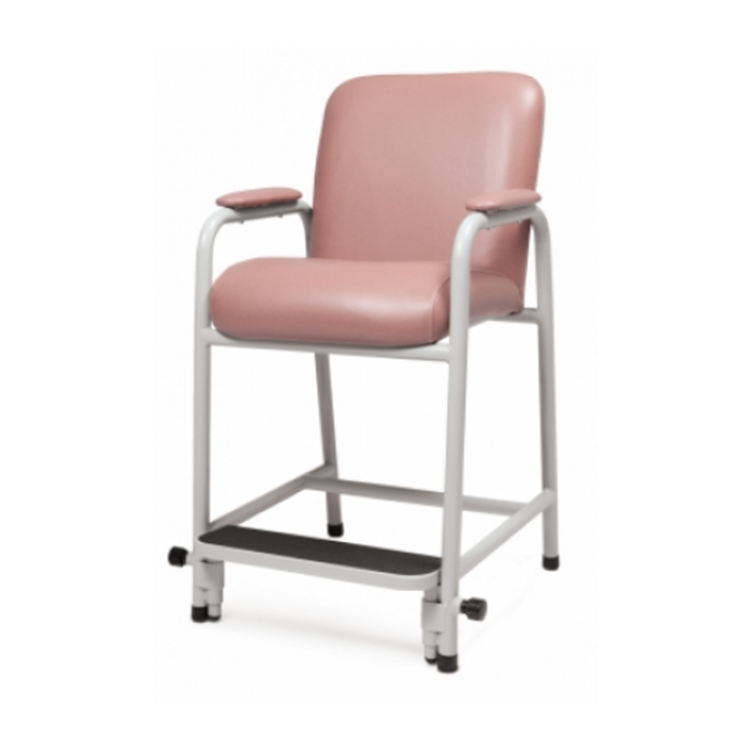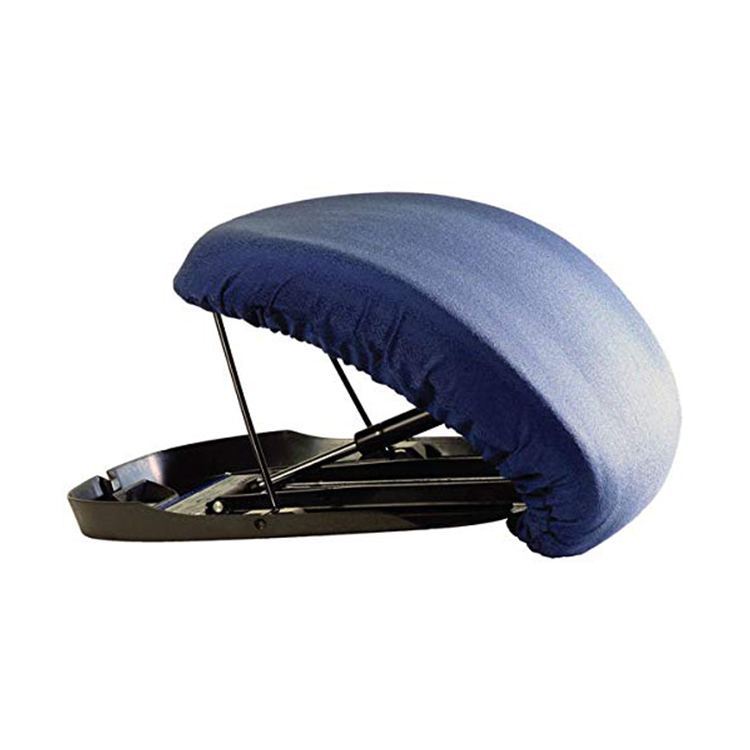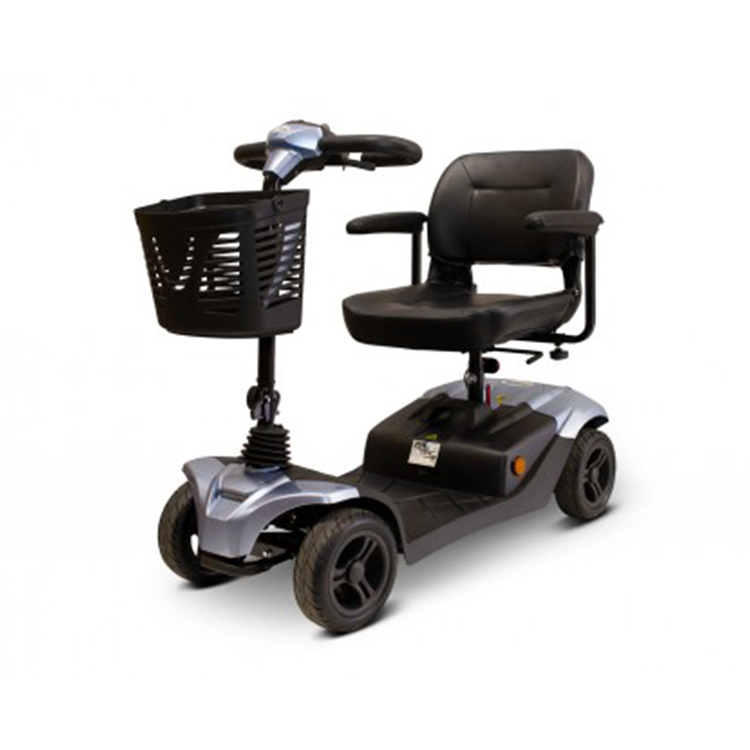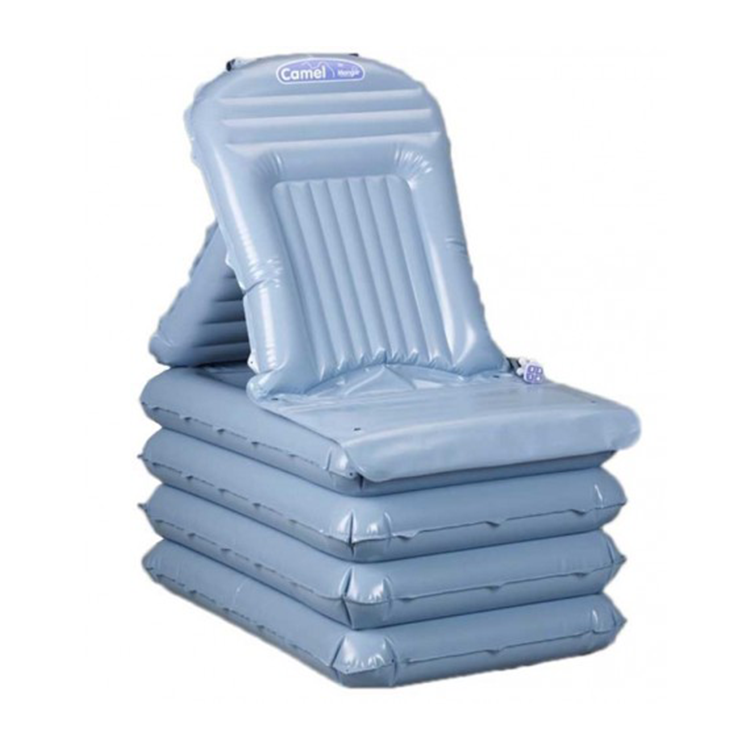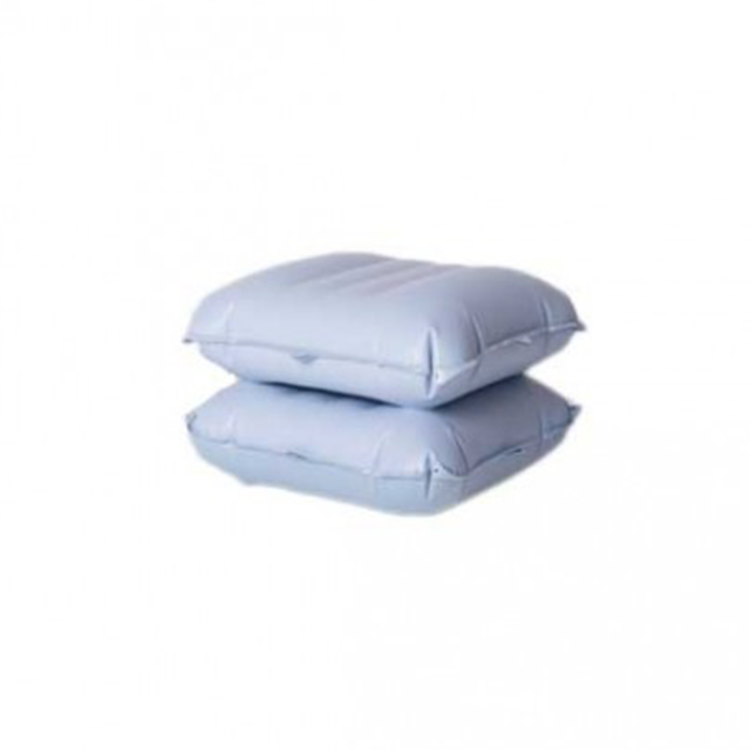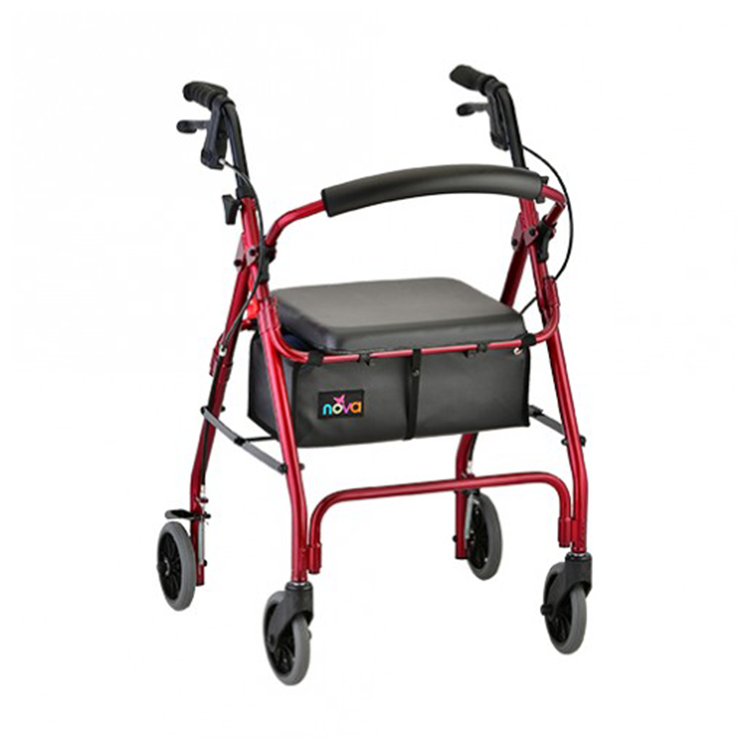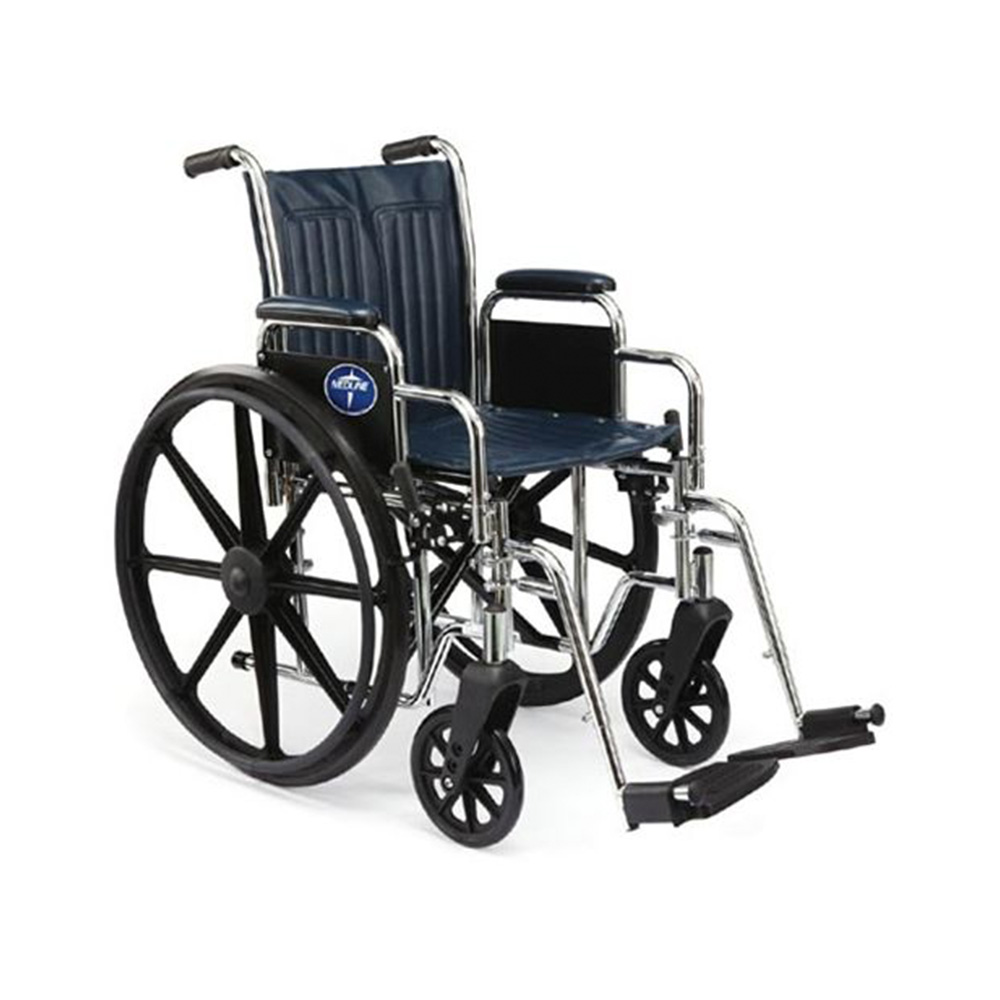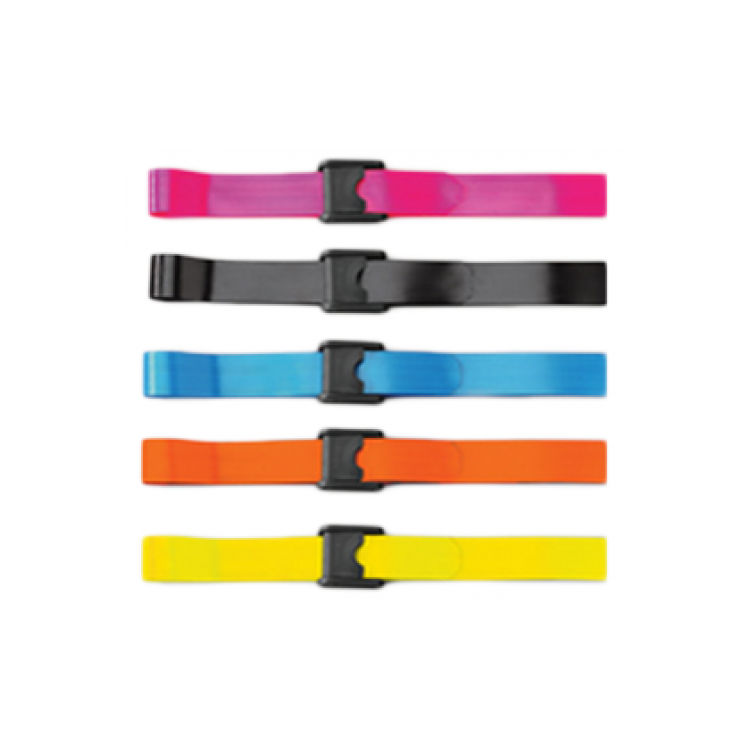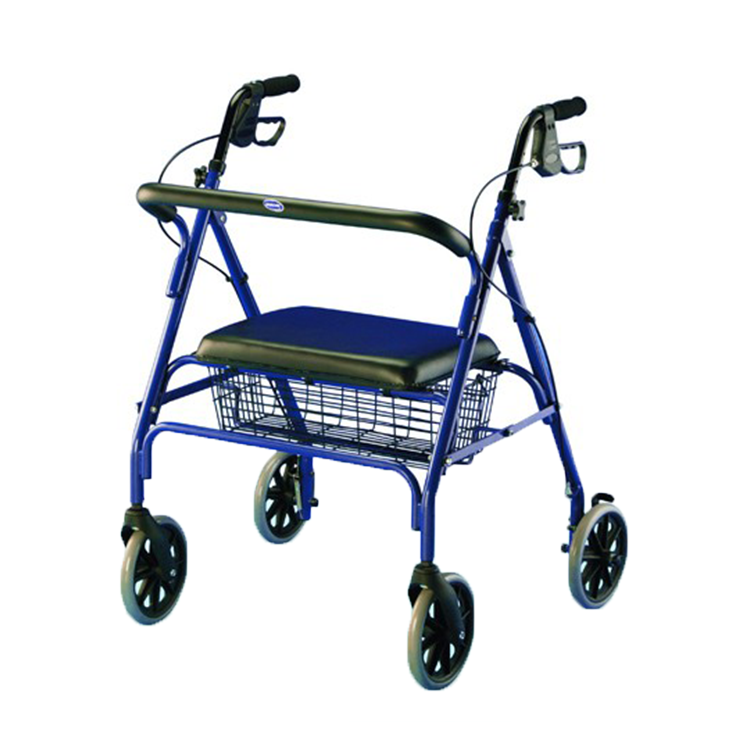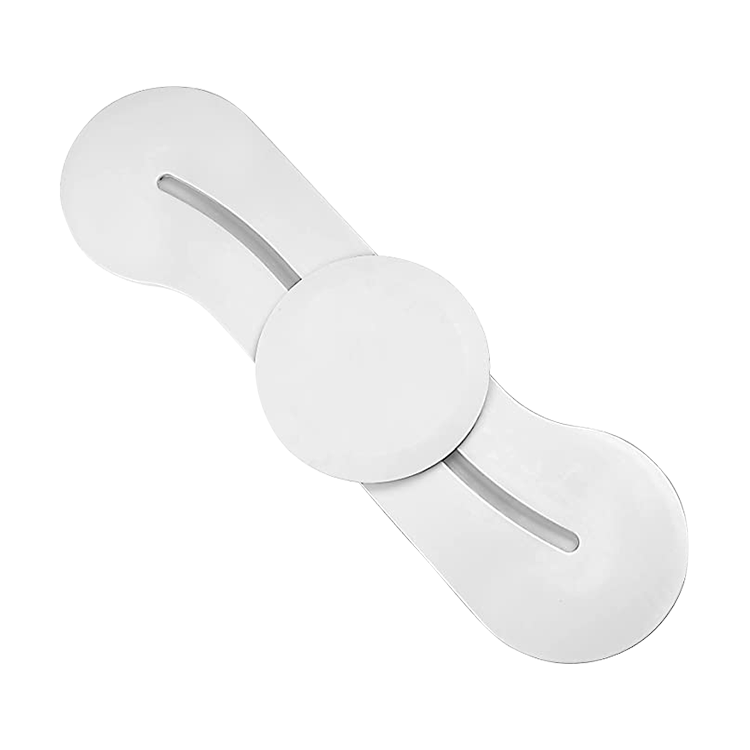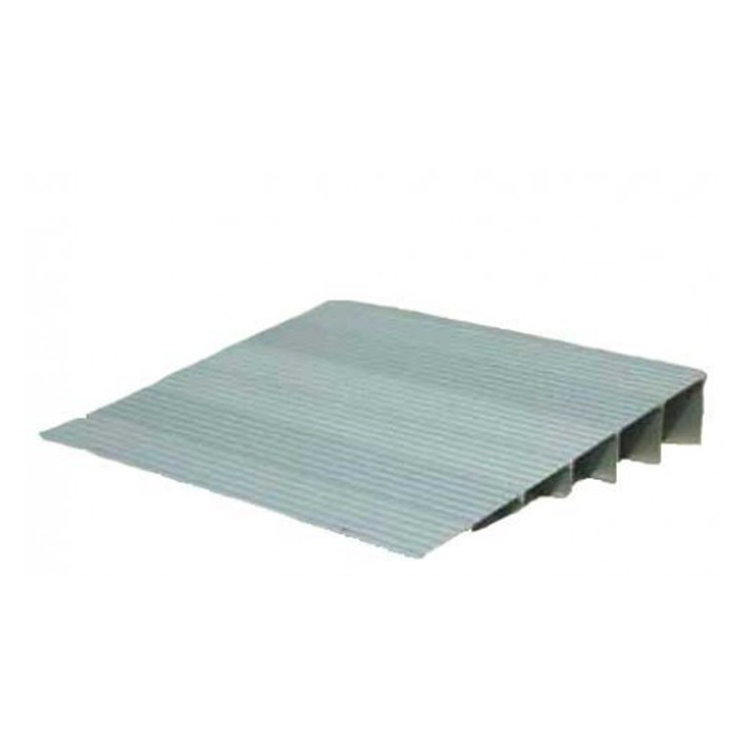Medical Canes
Walking Canes: How to Choose the Right Cane for Mobility Assistance
Millions of Americans suffer with limited mobility and joint pain that prevents them from participating in many daily activities they may have once enjoyed. From walking through the park to simply walking to the mailbox, mobility issues can have very negative effects on the quality of life of those suffering. Many of those who suffer from these limitations turn to medical devices such as canes, walking sticks and their accessories, specifically designed to assist with injury recovery, or mild to severe balance and mobility issues.
There are thousands of canes, walking aids and other accessories available on the market to help maintain an active lifestyle, so it is very important to thoughtfully and honestly consider your limitations before making a purchase. Depending on the extent of the injury or the severity of the mobility limitation, selecting the best cane for your needs can be daunting. In effort to help narrow down your options and find the best walking aid for the situation, we have detailed some important factors to consider when making a purchase.
Stability: Whether you are recovering from injury or suffering from impaired balance, a careful and honest assessment of your stability needs will be the most important factor to address when looking to purchase a cane. Canes and walking sticks are very popular options for balance issues as there are multiple designs for a variety of needs. Wide base canes, cane tips and forearm supporting canes are available for the person who needs more stability than a standard cane offers, but does not want to resort to using crutches to maintain their mobility.
Height: Every cane is designed for a specific height or height range and must be considered before making a purchase. Some canes and walking aids are adjustable across a large range of heights, while some come in standard heights only. Wood canes are not adjustable and must be measured and cut to the specific user"s height. Taking accurate height measurements before making a purchase is critical in helping to determine the best cane or walking aid for you needs.
Duration: The length of time that will be spent using your mobility aid may have an impact on choosing the best suited cane or crutch for your needs. Those suffering from injury or recovering from surgery may only need to utilize a mobility aid for a short time, whereas those with more permanent ailments may be more interested in heavy-duty products designed for long-term use.
Walking Cane Fequently Asked Questions (FAQ)
My doctor has suggested I purchase a more stable cane, what are some of my options?
This is a common issue with people suffering with mobility concerns, they lose trust in their canes to provide the stability they need to maintain an active daily lifestyle. Luckily many manufacturers have addressed this problem and have designed multiple different canes with extra stability and other added features that can assist a wide-range of ailments. The standard example is the Large Base Quad Cane from Drive Medical. This is our most popular large base cane, it includes a universal base that can be adjusted for left or right side use and the lightweight design makes it remarkably easy to maneuver with. Another great example comes to us again from Drive Medical, the Sling Seat Cane. If you ever get tired when walking for a long period of time, or simply feel the need to rest when you are out and about, this device is a wonderful solution. When folded, the Sling Seat Cane"s foam padded handles and large base make for a sturdy and stable walking aid, however, when opened the cane turns into a convenient and comfortable seat ready for use anywhere you go. Another new and innovative option for those looking to increase their stability when walking is the Reality Track Hiking Cane. This lightweight walking stick is adjustable in height, includes a built-in flashlight for low-vision walking, shock-absorbing tips for low-impact mobility, and is remarkably cost effective, often leading people to purchase them in pairs in order to maximize the support and stability.
I have used a cane for years but am beginning to experience wrist pain, are there any devices that can help me?
There are also a variety of ergonomically designed handles and cane accessories that can be used to help ease the strain on the wrist while walking. For example, Elasto-Gel Hand Grips cushion the grips of canes or crutches, allowing the user to have a greater range of motion and comfort when walking. Canes with offset handles are currently very popular designs, as they allow the user to walk with a more natural gait and natural position of the arm. The Carex Offset Designer Cane is a simple, durable, and lightweight example of the offset handle design and it is available in a variety of color options and patterns for the fashion sensitive.
I typically use a cane but I am recovering from a recently leg/foot injury and need to be on crutches until it heals, what do you suggest?
Crutches are exceptional devices for helping those with leg injuries remain mobile and active, but are often awkward to use and due to their size, are hard to transport. In order to help remedy this issue, we have some very interesting products that will enable you to maintain your independence. EuroStyle Lightweight Forearm Crutches for example are very popular for strength and stability issues and are much more compact and lightweight than standard crutches, allowing them to be more easily transported and great for travel. Another amazing product is the Millennial Crutches, a truly unique pair of crutches, designed with the independent individual in mind. Foldable for easy storage and portability, these remarkable devices also feature ergonomic hand grips, spring loaded shock-absorbing tips and foam reinforced underarm cradles, making these crutches the top of the line for rehabilitation and motility retention.
I prefer to use a cane, but I need more stability, what products do you have that can help?
There are options available which to help increase the stability of the standard cane, allowing you to retain the familiarity and comfort of your personal device. The AbleCane Tripod Cane Tip is a highly popular accessory that replaces the current tip of your cane or walking stick with a specially weighted ergonomically designed rubber base that absorbs the impact of each step. Another viable option is to use a mobility aid which assists with walking while also giving you an option to rest along your route. The Nova Portable Folding Seat Cane offers you a comfortable, sturdy stool for you to sit as well as being a functional mobility assistant. What more could you ask for from your cane?
These are just a few of the many different canes and walking sticks and their accessories that are available to help those who suffer from limited mobility and pain. Carefully choosing the right cane or walking aid is necessary to help people with limited mobility regain their balance and independence. By carefully and honestly considering these commonly asked questions and important factors, choosing the best suited cane or walking aid for your needs will be a simple and painless task, and you will be able to determine the best walking aid and enjoy an active and healthy lifestyle for years to come.

